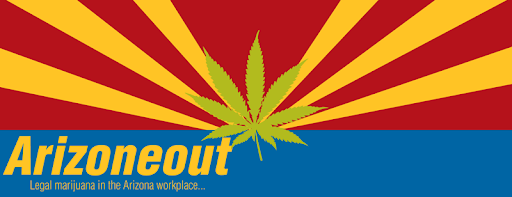In Joseph Hellerʼs satirical novel Catch-22, the title was an absurd military rule that prevented the World War II bomber pilot protagonist from ever avoiding combat missions. It has come to mean any circular, self-contradictory bureaucratic policy that renders absurd results.
In the general written comments submitted to ADHS, someone who self-identified as a social science researcher, implored Humble: "Please help eliminate this 'Catch-22.'"
There is a "Catch-22" in this process. Because marijuana is illegal for the most part, research is sparse. And, because pharmaceutical companies seem to prefer their medications, there is little funding available for research on marijuana and it takes a lot of time. . . . More research will likely not occur until marijuana is legal. However, states want research to show it should be legal for some individuals.The other commentatorʼs reference was more indirect. One of the speakers at the May 25, 2012 public hearing that ADHS conducted referenced an article written by J. Michael Bostwick, M.D., who is in the Mayo Clinicʼs Department of Psychiatry and Psyhcology in Rochester, Minnesota. The article, "Blurred Boundaries: The Therapeutics and Politics of Medical Marijuana," was published in February 2012 in the Mayo Clinic-sponsored, peer-reviewed general and internal medicine journal, Mayo Clinic Proceedings.
Dr. Bostwick writes that the purpose of his article is to educate physicians, "so that they can decide for themselves whether marijuana is a panacea, a scourge, or both." He concludes that it is both, finding great promise in the pharmacological development of the active ingredients in pot, which he calls "botanical cannabis." He identifies the same federal barriers to good scientific research as did the other commentator:
The involvement of an alphabet soup of federal agencies with divergent missions creates a series of potential barriers because several have the power to veto proposed [research] initiatives. The FDA, for example, authorizes research to proceed on safety and efficacy, the National Institute on Drug Abuse provides the research material, and the Drug Enforcement Agency grants the investigator the actual license to perform the research. Any one of these agencies has the power to halt an initiative in its tracks.His Catch-22 reference is to the poor quality of pot available even for research that clears all of the federal hurdles. "The current catch-22 is that the cannabis that should be studied—diverse strains hybridized by entrepreneurial drug dealers—is illegal and the cannabis that can be legally studied—the decades-old Mississippi strain—is essentially kept off-limits," he says.
Policy makers want to base their decisions on science. Bad federal policy prevents good science. Which leaves all of us − patients, physicians, regulators, employers, citizens − in the current Catch-22 state we find ourselves: dealing with the reality of medical marijuana without a full understanding of its risks and benefits.
